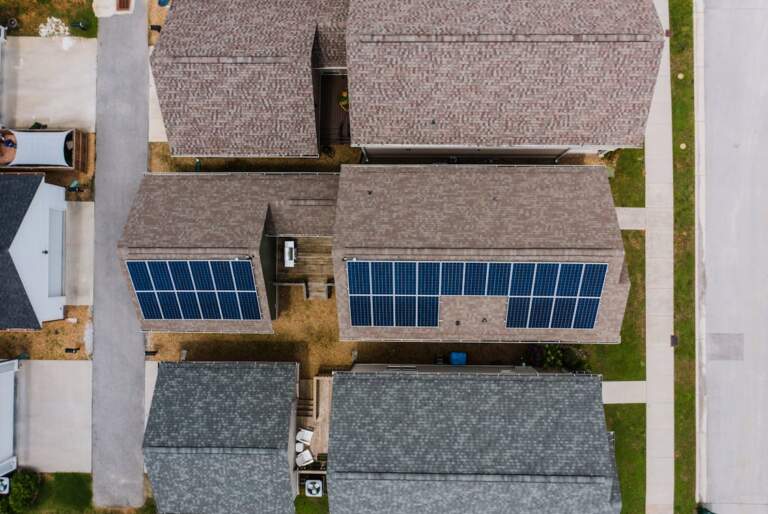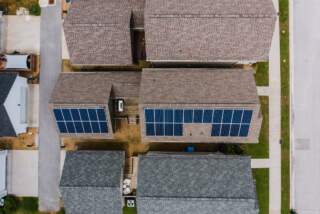Streamlining your facility management processes will increase team productivity, efficiency, and safety while reducing costs. A major aspect of this is having clear and effective communication among your teams. This includes internal communication, inter-department communication, and communicating with outside vendors.
Other core pillars are a preventive maintenance schedule based on analytic data and better equipment utilization. This is possible through streamlined workflows and a dedicated team.
Invest in a CAFM/IWMS software
One of the best ways to streamline facility management processes is to invest in a CAFM/IWMS software package, especially one with a scalable maintenance manager. This will automate workflows, track data and reports, and reduce the risk of errors and downtime. It can also provide a better understanding of your facilities and operations to improve efficiency and reduce costs.
However, it is important to select a solution that will be compatible with your existing systems. Look for a vendor that offers pre-built integrations and the ability to create custom ones. It is also important to make sure your team members are well-trained on the new system. A properly-trained staff will be able to use the software more efficiently and effectively, resulting in increased productivity and a lower risk of error.
Once the system is in place, you should monitor it and make adjustments as necessary. This may include examining the current processes to identify areas of inefficiency, safety issues, and equipment maintenance requirements. This will ensure that the processes are setting employees up for success and allowing them to work at their best.
Another way to improve efficiency is by streamlining communication. This can be done through transparency, fostering a culture of honesty, and ensuring that everyone is on the same page regarding planned maintenance, service requests, training programs, and more. This will help maintain cordial contractor and vendor relationships while reducing unnecessary tasks and increasing the overall effectiveness of your teams.
A CAFM/IWMS software package can help you increase your company’s operational, financial and environmental performance by delivering intelligent asset management, monitoring, predictive maintenance and reliability in a single platform. By investing in this technology, you can reduce maintenance expenditures, increase energy efficiency, and enhance the workplace experience for your employees. To learn more about how a CAFM/IWMS can help your organization, contact Service Works for a free ROI consultation.
Automate routine tasks

Facility management is the coordination of people, systems, and processes to ensure functionality and safety within a workplace. This includes responsibilities like monitoring maintenance and repair issues, reducing energy consumption, and planning building upgrades to create a more sustainable work environment.
The key to an effective facility management process is creating a streamlined workflow that is easily modified as necessary. This is why having a robust CMMS solution is critical to keeping costs under control and ensuring that important deadlines are met. A streamlined workflow also means that teams can spend less time on mundane tasks and more time focusing on the important ones.
In addition, having a clear process can help managers identify bottlenecks and improve efficiency. A centralized database can provide easy access to crucial information like equipment inventory, work orders, standard operating procedures, budget management, employee scheduling, utilities tracking, and emergency procedures. It can also be used to track performance and measure progress.
Another way to streamline your facility management processes is to eliminate any unnecessary tasks. This will allow you to focus on the most important projects and ensure that all the necessary steps are taken to keep your facilities running smoothly. Using a software solution like Panther CMMS can save you thousands of dollars on maintenance and rework by automating these routine tasks.
Finally, proper recordkeeping is essential in any industry, but especially in facility management. Whether you’re being audited or just looking to improve operational efficiency, having accurate records is vital. This can be done through digital twin scans, which can be used to create a complete 3D model of any location. This can then be viewed in real-time to make decisions and solve problems.
Developing an effective facility management process can take time, but it’s essential to the success of any organization. Streamlining your operations and incorporating the right technology into your workflow can help you cut costs, improve team productivity, and create an environment that’s safe and comfortable for employees and customers. With the help of modern technology, like industrial internet of things (IoT) devices and a CMMS system, you can automate tedious workflows, streamline people-powered functions, and pull insightful real-time metrics from your equipment.
Focus on the right data
It is vital to track and analyze performance metrics to make data-driven decisions regarding facility and maintenance processes, productivity, additional staffing needs, and budgeting plans. These decisions will result in a higher return on investment, a lower operating cost, and increased operational success.
Streamlining workflow and automating processes are key to optimizing your facility management operations. However, you must also focus on the right data. Insightful and relevant data will allow you to improve operational efficiency, reduce costs, and provide a better working environment for your employees.
For example, if you’re tracking employee satisfaction and comparing it to productivity levels, you can identify issues that are impacting worker happiness and productivity. This will help you develop goals to address those issues and improve overall employee satisfaction.
Another important metric to monitor is energy usage, which can help you identify potential energy-saving opportunities and reduce environmental impact. In order to effectively measure and manage this, you need to have a system in place that tracks your energy consumption, carbon footprint, water usage, waste production, and more.
Finally, communication is a crucial element of successful facilities management. This includes clear communication amongst team members, across departments, and with outside vendors. It is also essential to keep everyone up-to-date on any changes that are made within the organization or facilities, as well as any emergency repairs that may occur.
Developing an effective facility management process takes time and requires constant review. However, the benefits of implementing these best practices will pay off in terms of improved productivity and a happier, more productive workforce. Ultimately, the success of your facility management process is determined by its ability to meet your business’s unique goals and requirements. With the right tools, you can easily streamline your facility management process and get your business on track to reaching its full potential. Panther CMMS offers KPI-based customized dashboards that help you track and optimize your operations and improve compliance. Contact us today to learn more about our solutions and how they can help you improve your facility management processes. We offer a free consultation, so you can see firsthand how our solution can transform your operations and help you grow your business.
Hire the right people
Getting the right facility management team in place can make or break your ability to streamline your operations. The right people will have a deep understanding of your operation’s needs and can work together in tandem to meet those needs. A great FM will also have a broad range of knowledge and skills that spans multiple areas of the business, including building operations and maintenance, energy efficiency, sustainability, security, procurement, information technology, and more.
One of the most important aspects of a good FM is a strong focus on communication. They will ensure that everyone understands the status of projects, expectations, and policies. They will also promote and encourage open communication throughout the organization. This will help ensure that everyone stays on the same page, which will improve productivity and accountability.
A great facilities manager will also have a strong knowledge of the industry, trends, and challenges. They will be able to stay ahead of changing demands and regulatory changes that could impact their operations. They will also be able to identify opportunities for improvement and leverage new technologies that can improve the overall functioning of their facility.
It’s also important for a great FM to be able to build relationships with outside vendors and contractors. This will help them find the best possible solution to any issues that arise.
In addition to developing strong vendor relationships, a good FM will also foster employee engagement and motivation. They will set clear expectations, aligned with company goals and values, and provide ongoing training and development. They will also be able to foster a culture of continuous improvement, which is essential for optimizing the efficiency and performance of a facility.
A great facility manager will be able to use modern technology to automate workflows, optimize people-powered functions, pull insightful real-time metrics from equipment, and more. They will also be able to identify and prioritize preventive maintenance activities and implement strategies to maximize the life cycle of equipment. This will ultimately result in improved workflows, more productive and happy employees, and greater profitability for the facility.









Leave a Comment